Pacific Western G
PO Box 89
Deer Harbor WA 98243
Prices: See text
Website: www.pacificwesterng.com
1:24 scale, plastic lineside structures; built up and painted; weatherproof
Pros: Well constructed; well painted; weatherproof
Cons: Some doors undersize; smaller, lighter-weight structures may need to be anchored to prevent blowing away
Pacific Western G has brought out a line of railroad lineside buildings that use Precision Products veneer sheets laminated to an expanded-styrene core. The company had previously introduced a line of small freight platforms; these buildings are an expansion of that line.
Five different structures were sent for review: a telephone shanty, a small flagstop passenger shelter, a handcar shed, storage shed, and a branchline station. The scale of these buildings is nominally 1:24, though they are generic enough that they could work with other scales, depending on how discerning your eye is. They appear to be sturdily constructed and are finished in matte paint. Each is available in two or three different color choices (red, sage, gray).
The telephone shanty ($20) stands 51/2″ tall and is close to 3″ on each side. The door on this model is 31/2″ tall, which scales to 6′ high in 1:20.3, allowing this building to work on a railroad built to that scale, but it may be oversized for a 1:29- or 1:32-scale railroad.
The flagstop waiting shelter ($35) measures 6″ x 4″ and stands 51/2″ tall. The opening in the front is 3″ tall, or a bit over 7′ in 1:29 scale but only 5′ in 1:20.3. If your passengers were sitting on the bench inside, not standing, you might push the illusion that the opening is taller than it really is.
The handcar house ($65) measures 71/2″ x 6″ and stands 63/4″ tall. The only indication of scale on this building is the non-functional handcar door, which is 23/4″ tall x 23/4″ wide. These doors had to be big enough to fit the handcar and nothing more, so it should work well across the scale spectrum. The building has a simulated stone foundation that is open beneath the door so it can sit over the track leading inside.
The storage shed ($75) measures 8′ wide (including the shed and the lean-to beside it) x 51/4″ deep. The peak of the roof is 63/8″ high. Like the handcar house, this building has little on it to suggest a specific scale. In fact, the main structure of the shed lacks a door at all—just a window. One might be led to think there may be an entrance through the lean-to but a dedicated exterior door would be a good addition, especially given the presence of a smokejack.
The branchline depot ($105) measures 10″ x 7″ and stands 81/2″ tall. It’s a respectable-sized small depot in 1:20.3 scale but may be oversized in 1:29. The door measures 31/4″, which is 6’6″ in 1:24 scale. This is a low door in that scale for a typical exterior depot door. The freight door is also pretty low.
I mention the sizes of the doors because those who are scale purists about their structures will want to know how they measure up. Having said that, these are features that can also easily be disguised by the clever placement of figures. These are all models of small-sized buildings. The company’s website states “true to scale, but smaller in stature.” They’ll not overpower a scene but will definitely add to it.
The veneer sheets from which these buildings are made are well detailed but these buildings could be enhanced with a smattering of extra details, signs, and lights (windows are transparent, so lights will shine through).
As I just received these buildings, I can’t comment on their longevity outdoors. However, I have a few structures on my line, built from the same materials, that have held up exceptionally well over the years. I have a barn that has been out for at least seven years with no sign of trouble, and Pacific Western G’s freight platforms have been outdoors on my Dad’s railroad in Maryland for three years now. I would expect these buildings to do at least as well.
One thing to consider when placing these buildings outdoors is their weight. The larger ones will likely stay put in all but the strongest winds but the smaller ones might easily be blown about if your railway is subjected to heavy windstorms. I recommend gluing these to a brick or something heavy.
Overall, I like these buildings. They’re not fancy but are typical of utilitarian structures of this type. When visitors see them on your railroad, they’ll immediately know their purpose and they’ll look completely in place.





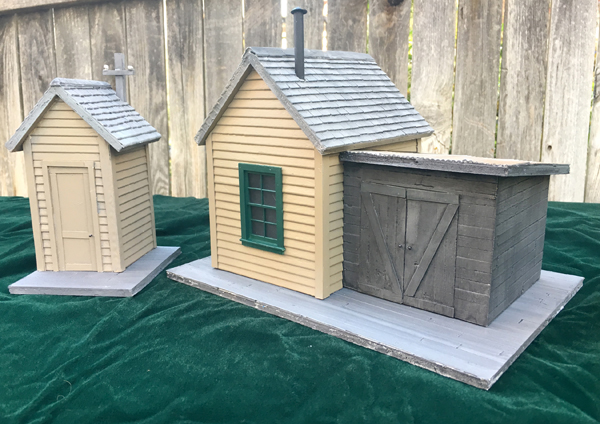
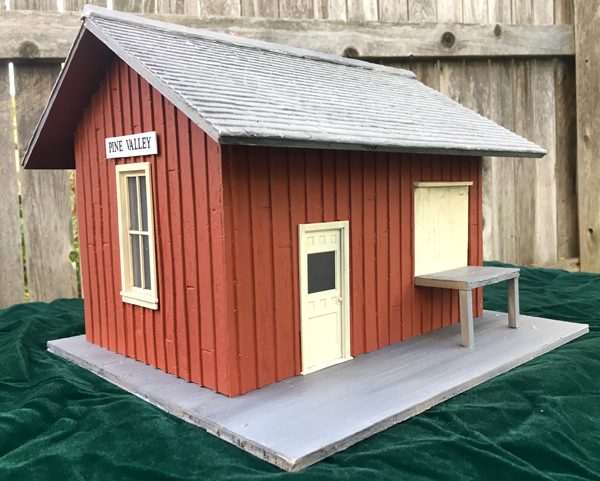
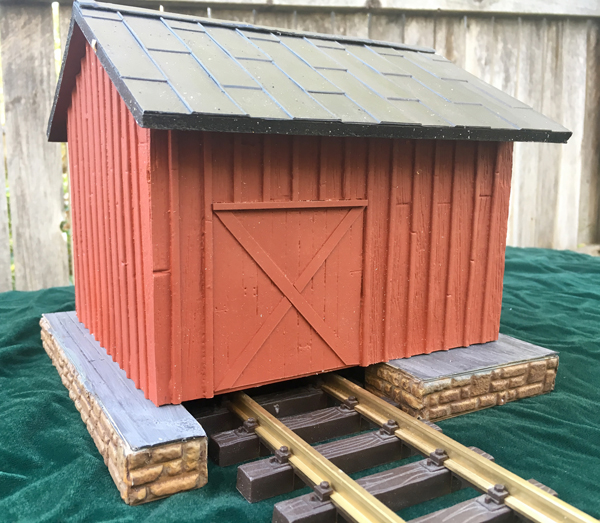

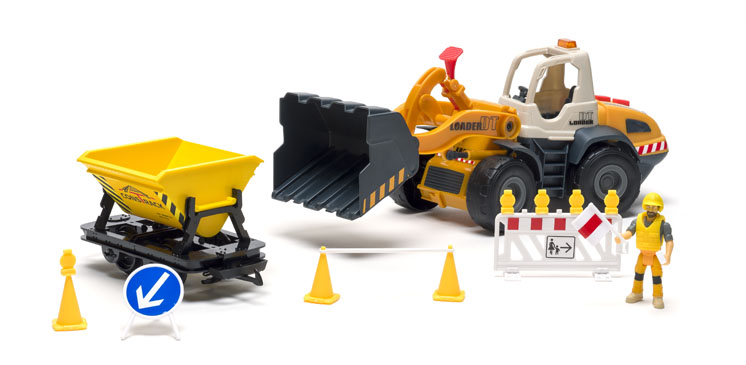
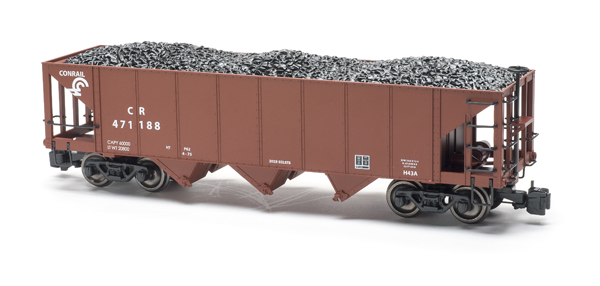

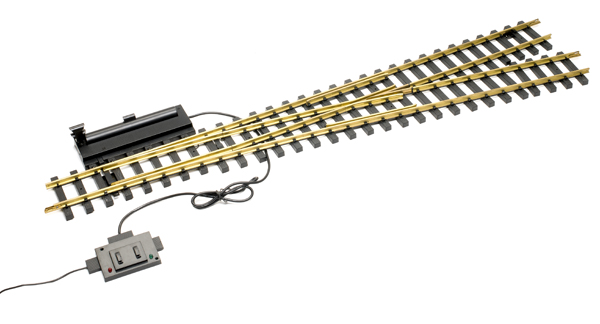




pacific western g website does not exist!
http://www.pacificwesterng.com